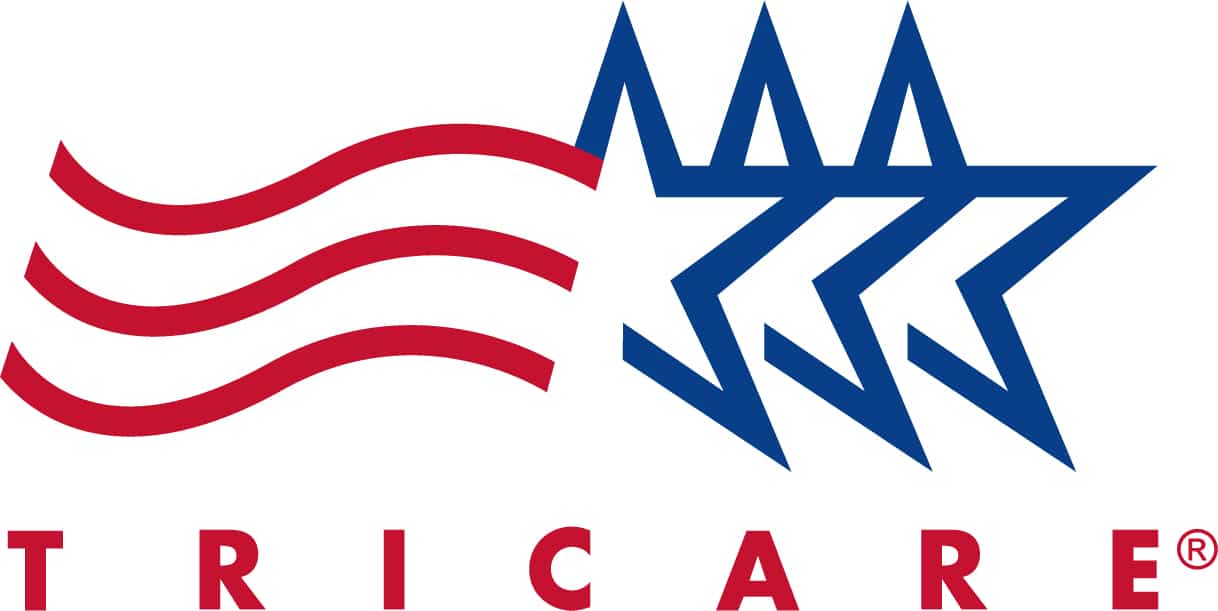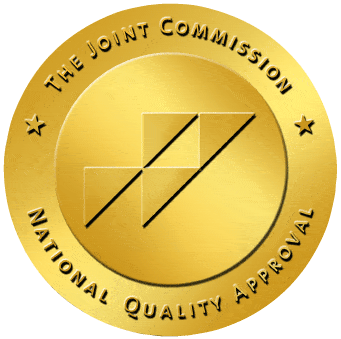
Residents have been at the center of the crisis, so now the Buckeye State intends to be at the forefront of finding resolutions to the Ohio drug epidemic with the Take Charge Ohio drug education program. Take a look at the problem, how it grew into the crisis that it represents today and some proposed solutions.
A Growing Problem
Opioids are a group of drugs that act on the nervous system to control pain. They work by binding the opioid receptors in the central and peripheral nervous system as well as in the gastrointestinal tract. This means that the pain receptors can no longer send signals to the brain. They include both natural and synthetic chemical compounds. They also act on the pleasure centers of the brain and have a mood-enhancing effect.
The body learns to adapt to them and builds a tolerance, which means that it takes more of the drug to produce the same effect. Opioid abuse is both a mental and physical addiction. Unfortunately, as the body becomes used to the opioids and the person increases their dose, it also increases the risk of respiratory depression, hormone imbalances, heart arrhythmias and other dangerous side effects. This is what leads to an overdose.
In 2015, it was estimated that there were between 92,000 and 170,000 Ohioans dependent on opioids at a cost of $2.8 billion in lost productivity. The epidemic is not spread evenly over the whole state; the majority of the activity is centered around the Cleveland, Akron, Toledo, Columbus, Dayton and Cincinnati areas. This is not only a big-city problem, however, as it has spread to rural areas as well. The rate of heroin deaths spiked between 2010 and 2015, placing Ohio behind only West Virginia and Kentucky.
Why Ohio, Why Now?
One would think that states such as Texas, Arizona and California would be the center of the drug crisis due to their proximity to suppliers south of the border. One of the reasons why Ohio has such a problem is that it has an efficient network of highways running north to south and east to west. This makes it a major distribution route. In addition, prescription opioids were being prescribed more often than in the past in the neighboring states of West Virginia and Kentucky. These states already had a significant opioid crisis, making it only a matter of time before Ohio would join the ranks.
Aside from a convenient transportation network for the illicit drug trade, several factors involving the medical system itself were also responsible for the Ohio drug epidemic. One of these factors is that in the 1990s, the medical community decided that pain management was undertreated and that it should become one of the vital signs. In 1996, pain became just as important as assessing the patient’s respiratory rate, pulse, blood pressure and temperature. Next came the advent of charts with a scale ranging from smiley face to sad as a manner to assess pain.
In 2001, it became a mandate that physicians had to ask how much pain the patient was in during every visit. If the patient continued to complain of pain and it appeared to be unaddressed, the practice could come under scrutiny and face potential disciplinary action. This led to significant rises in the prescription of hydrocodone and oxycodone. Oxycodone was originally developed for acute cancer pain, but doctors began prescribing it for relatively mild chronic pain.
This new mandate also led to facilities that specialize in pain management that became known as “pill mills.” They often only accepted cash and allowed the patient to choose their drug. They failed to tell the patient that these drugs had a high rate of addiction, but the fault is not all on these practices. It seems that pharmaceutical companies did not inform the physicians even though they knew how addictive these substances were. Pill mills gave patients an almost unlimited supply of medications, and some individuals began to sell prescription opiates on the street. In 2010, laws began to crack down on pill mills, and physicians who were over-prescribing medications faced jail time. Now, addicted patients had a limited supply of opioids or none at all. When they no longer had prescription medication, they often turned to easy-to-obtain and much cheaper but stronger fentanyl and heroin. This is when the number of overdoses began to reach its peak.
Rise of the New Pill Mills
To combat overdoses, the drug naloxone, sold under the trade name Narcan, was developed to reverse the central nervous system depression caused by an overdose of opioids. This can buy time for the person to be treated at an emergency room. However, the effects only last for about 20 to 90 minutes, meaning the person can still die of an overdose after being resuscitated. Naloxone can help to reduce the number of deaths by giving opioid users a second chance at life, but it does not help with the overall problem of substance use.
Now, there is a new drug, Suboxone, that can offer relief from the side effects of opioid withdrawal. However, it comes with its own set of issues. It has led to clinics that are similar to pill mills, only instead of opioids, patients have access to Suboxone. It is being offered on a cash basis and has become a popular street drug. Opioid users can take it to control the effects of withdrawal between the time it takes them to get their next hit. These clinics are being poorly controlled, and it is easy for a drug dealer to provide a patient the cash used to obtain Suboxone that can then be sold on the street for profit.
Ohio Is Taking Charge
Ohio became the center for opioid overdoses, and it has decided to take the lead in the fight against them. Take Charge Ohio is a program sponsored by the Ohio Department of Health designed to help provide pain management without increasing opioid addiction and to prevent medication abuse. The program intends to promote the safe use of medication by fostering partnerships between patients, family members, teachers, parents, children, doctors, nurses, those struggling with opioid use and those in recovery. The program intends to provide education and resources to patients and providers so that they can work together to manage pain while preventing pain medication overuse.
The opioid overdose problem in Ohio does not have a single cause, and it is not expected that a single answer will offer the solution. The program was developed by several state agencies in cooperation with licensing boards and other expert partners. The Ohio Department of Health is the leading coordinator of the program. Input was also obtained from the Governor’s Cabinet Opiate Action Team/Prescriber Education Workgroup, the State Medical Board of Ohio, State of Ohio Board of Pharmacy, Ohio Mental Health and Addiction Services, Ohio Department of Medicaid, Ohio Board of Nursing, Ohio State Dental Board, Ohio Bureau of Worker’s Compensation and Prescription Drug Abuse Action Group. Each of these agencies has provided a different perspective on the problem and offered a different set of solutions. Take Charge Ohio allows them the opportunity to share resources in a way that goes beyond the normal interaction between them. This makes the program one of the most comprehensive and multifaceted approaches to the overdose problem yet.
The program recognizes that nearly 63 percent of Ohio residents who died from an unintentional overdose had prescriptions for a controlled substance within the previous year. In 2016, 631 million opioid doses were prescribed to Ohio patients, and four out of five heroin users began their journey using prescription pain relievers according to recent studies. Take Charge Ohio also recognizes that approximately every two hours, someone dies from an unintentional drug overdose. The mission of the program is to reduce this number through education and special programming that takes a multifaceted approach to the problem.
Multiple-pronged Approach
The Take Charge Ohio drug education initiative intends to address the problem with programs that target health care professionals, patients and the community. For health care professionals, the initiative provides resources that they can use when prescribing opioids. They also provide information on treating the withdrawal symptoms of opioid use and how to use alternative pain management methods effectively in their practice. The program recognizes that prescription medication is the heart of the problem and recognizes the important role that responsible management practices by those in the medical profession can have in reducing the number of opioid overdoses.
The program also provides drug education materials for patients who are prescribed opioids, including how to dispose of unused medication and what to do if they feel that they have developed an addiction problem. It also provides the patients with information about local resources and where to go for treatment and recovery services.
The third component of the initiative is the provision of resources for community response to the opioid epidemic. This portion of the program provides resources for talking to youth about drug use prevention and how to coordinate community resources such as employers, businesses, community coalitions, support groups, law enforcement agencies, researchers, educators and parents. This allows the different groups to provide support to others in the community, making them feel as if they are a part of the shared solution.
A fourth component of the drug education initiative is the development of a public awareness toolkit that can be used to educate others on safe medication practices. The kit includes presentations, print ads, digital awareness campaigns, social media programs, brochures, handouts and videos that can be used in community educational programs.
Opioid overdose in Ohio is a complex problem and requires a multifaceted solution. The Take Charge Ohio initiative addresses the issue on individual, professional and community levels. It envisions an Ohio where pain medications are used appropriately, minimally and responsibly. It also envisions a community that works together to prevent opioid misuse and addiction.
The vision of this drug education program can only be realized by all the components working together. No one entity or group can do it alone. Physicians are at the forefront of resolving the opioid crisis and can play a key role in reducing opioid overdoses through responsible prescribing practices. To date, this is one of the most comprehensive approaches to the opioid overdose problem in Ohio. It can serve as a model program for other states to adopt. In this way, the program will have an effect not only on reducing opioid deaths in Ohio but in the nation as a whole. Ohio makes a good testing ground for the program because the effects are likely to be more obvious due to the severity of the problem.
This educational program will drive policy in the future by allowing the successful coordination of many different government and private entities that have a stake in preventing opioid addiction and overdose deaths. The problem did not develop overnight, and it may take some time before Ohio begins to see the effects of the Take Charge initiative. In the end, everyone will benefit from a reduction in opioid overdose and the devastating effect that addiction has on lives.














